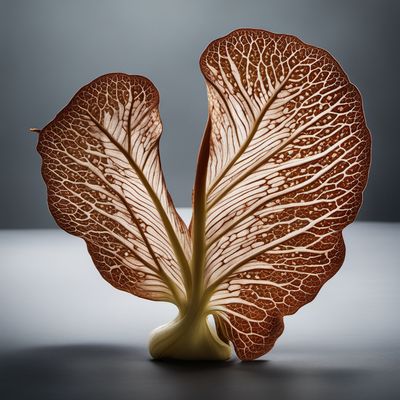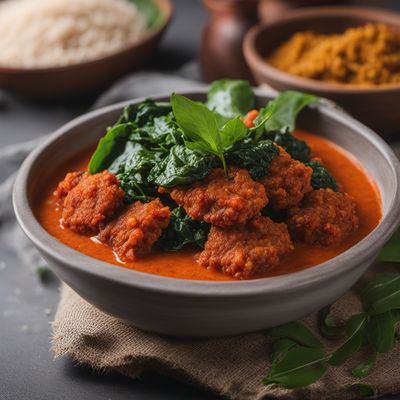
Ingredient
Eddoe taros
The Versatile Eddoe Taro
Eddoe taros are small to medium-sized tubers with a brown, hairy skin and a creamy white flesh. They have a nutty, earthy flavor and a starchy texture that becomes soft and creamy when cooked. These taros are often boiled, steamed, or roasted to bring out their natural sweetness and enhance their taste.
Origins and history
Eddoe taros have a long history and are believed to have originated in Southeast Asia. They have been cultivated for centuries and are an important staple in many tropical regions. In Caribbean cuisine, they are commonly used in dishes like callaloo and sancocho. In African cuisine, they are used in soups, stews, and fufu. In Asian cuisine, they are used in curries, stir-fries, and dumplings.
Nutritional information
Eddoe taros are low in calories and a good source of dietary fiber, vitamin C, and potassium. They also contain small amounts of iron and calcium.
Allergens
Eddoe taros may cause allergic reactions in individuals with a sensitivity to root vegetables.
How to select
When selecting eddoe taros, choose ones that are firm and free from soft spots or blemishes. The skin should be intact and not wrinkled. Avoid taros with a strong odor, as this may indicate spoilage.
Storage recommendations
To store eddoe taros, keep them in a cool, dark place with good ventilation. They can be stored for up to two weeks. Once cooked, store them in an airtight container in the refrigerator for up to three days.
How to produce
Eddoe taros can be grown in tropical or subtropical regions with well-drained soil and regular watering. They can be propagated from corms or by planting the small tubers that develop around the main corm.
Preparation tips
Eddoe taros can be boiled, steamed, roasted, or used in soups, stews, curries, and dumplings. They can also be mashed or pureed to make a creamy side dish or used as a thickening agent in sauces and gravies.
Substitutions
Taro root can be used as a substitute for eddoe taros, although the flavor and texture may differ slightly. Other suitable substitutes include yams, potatoes, or sweet potatoes.
Culinary uses
Eddoe taros are commonly used in Caribbean, African, and Asian cuisines. They are often used in soups, stews, curries, and dumplings. In Caribbean cuisine, they are a key ingredient in callaloo and sancocho. In African cuisine, they are used in fufu and various traditional dishes. In Asian cuisine, they are used in curries, stir-fries, and dumplings.
Availability
Eddoe taros are commonly available in tropical and subtropical regions, including the Caribbean, Africa, and parts of Asia.

